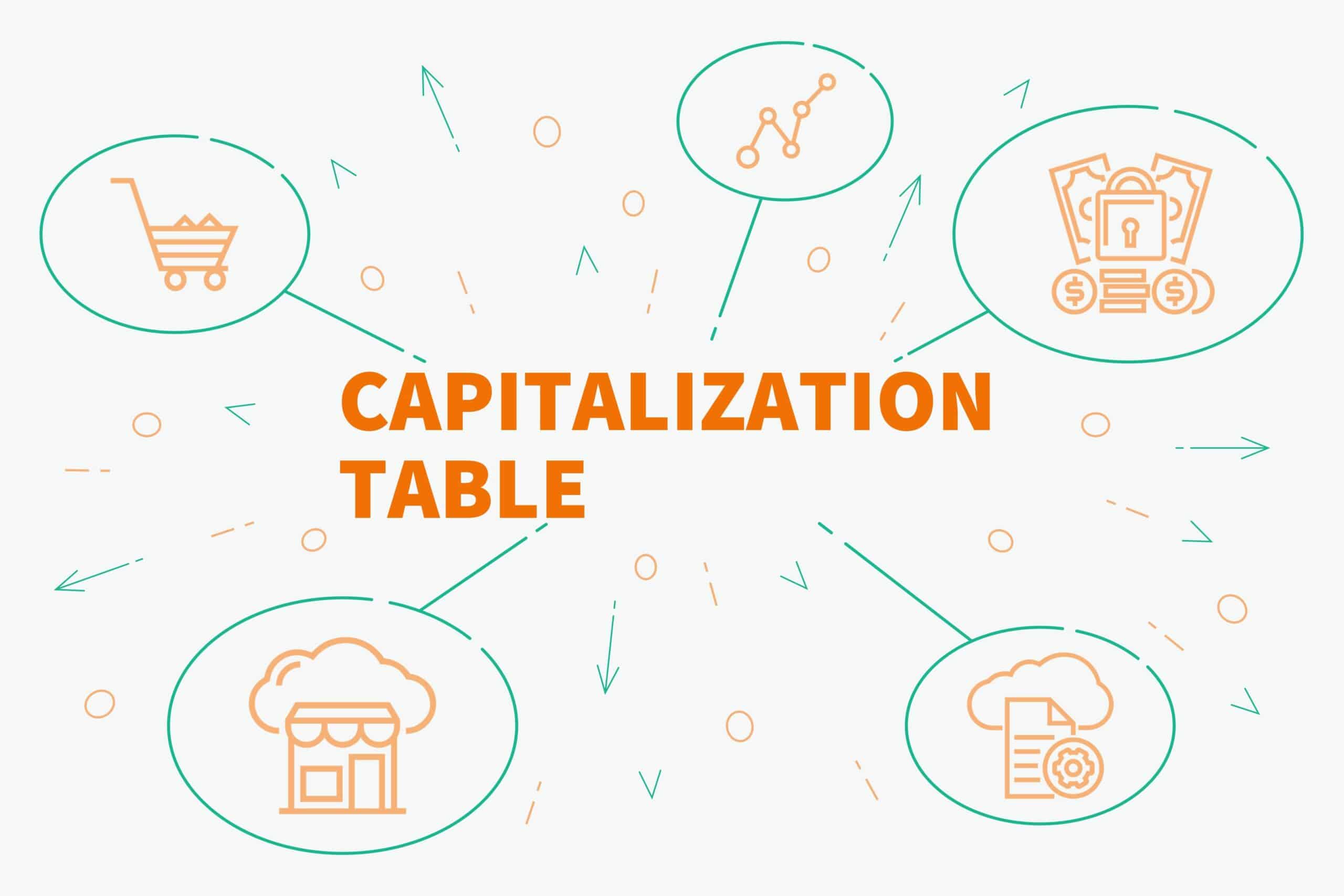Imagine you’re a startup company offering a unique product or service. You have some good traction and are building up a customer base at a respectable pace. You know that you are missing out on some potential customers because of your shortcomings in digital marketing and social media, but you don’t know whether you have the capacity to hire a marketing specialist. You have some competition starting to pop up, and want to make sure you secure your position as a leader in your industry, but don’t want to make a hasty financial decision and live to regret it.
Oftentimes, the span of time between when you identify the need for new personnel or resources and when you’ve waited too long and lost out on market share is only a few months. You are right to wait until you have the stability and resources to hire your new specialist, but you need to act as soon as you’re in a good position to do so.
But how do you know when that is? What can you do so that your decision isn’t just a blind leap of faith?
The tool that you need to make this sort of decision is business forecasting. Business forecasting is a prediction or estimate of future results, based on various forecasting tools, both qualitative and quantitative.
Good forecasts depend not only on one forecasting method, but a combination of many. When forecasting for small or nascent businesses, it is best to craft the forecast individually, as smaller businesses are more volatile and less likely to exactly follow established patterns. Because of this, it is preferred to build small business forecasts from the ground up, using established forecasting methods to inform that process.
Forecasting allows business owners to make choices regarding every aspect of their business, including:
- Inventory
- Staffing
- Investing
- Cash flow
- Budgeting
- Financing decisions
- Operations
Business forecasting is essential because it keeps a business from flying blind. It helps business owners better understand how and when to take important steps by basing those decisions on an expert analysis of their business. By using industry knowledge, historical data, and the ability to expertly manipulate economic models for small business forecasts, business forecasting experts can help business owners plan for both the short-term and distant future.
Business Forecasting Methods for Small Businesses
Business forecasts for small or changing businesses require more thought than simply plugging some figures into a general, one-size-fits-all template. It is necessary to dig deeply into various elements of the business’s operations and finances in order to create a strong forecast. The following are essential business forecasting methods used to help small businesses plan for the future:
- Rolling 12-month business forecast
- Fixed 12-month budget
- Monthly and quarterly budgets, analyzed against ongoing analysis of actual figures
There are two additional methods used only in very specific situations:
- 13-week cash forecast
- Multi-year pro forma
Rolling 12-month Forecast
This forecast uses the business’s history alongside industry research to compile various forecasted business statements, including a balance sheet, profit and loss statement, and statement of cash flows. This is projected for 12 months, but is able to easily roll into future months by updating the model with the newest available data.
A rolling 12-month forecast is essential in that it allows you to make decisions based on your future cash position.
12-month Budget
Your rolling 12-month forecast should serve as the foundation upon which to build your 12-month budget. The creation of this budget should involve all key players within your company. You will utilize past data, if available, and take a deep look at past figures and future goals in order to create a strong budget.
Using both bottom-up and top-down budgeting is important, as this allows you to look at things from both the vantage point of individual departments and their specific needs, as well as from the top view, considering revenue goals and plans for strategic growth.
Continuous Budget Evaluation and Analysis
No budget is exact. There are so many inside and outside factors that go into your business’s financials and operations that even the best forecaster will not be able to predict your budgetary needs with 100% accuracy. This is why continuous analysis of your budget vs. your actual expenditures is essential.
While the 12-month budget is intended to remain set, it is important to analyze deviations from the budget on a monthly or quarterly basis, in order to better understand these discrepancies and plan for the future. This sort of budgetary analysis will also give you insights into your business, and may cast light on business practices that are not serving you.
13-Week Cash Forecast
This is the first of the two non-standard small business forecasting methods. This forecast is used in short-term or emergency situations to pinpoint potential liquidity shortfalls and plan accordingly. The small time frame allows for more exact planning in the short-term, and can help companies get back on track. It is also sometimes required for certain bank loans.
Multi-Year Pro Forma
On the other hand, a multi-year pro forma is a business forecasting method employed in advance of major business decisions and deals, such as:
- Business acquisition
- Mergers
- Selling new equity investment
The time-frame of a pro forma is much longer than the forecasts described above, generally landing somewhere between 5 and 7 years in length. Some pro forma statements even stretch well into the future (up to 50 years). Of course, as the length of time increases, the accuracy of the forecast becomes less reliable, but these forecasts are very important to potential buyers and investors.
Qualitative Forecasting
It can be easy to get caught up in all of the numbers when it comes to forecasting, and ignore the people behind the business. Small business forecasting also involves an understanding of the culture of the company and the way the business owners think. For instance, a business with an owner who is a major risk taker will operate differently than a small business owned by someone who is very financially conservative and prefers to move slowly and carefully.
A great small business forecaster understands how who you are impacts how you do business, and takes that into consideration when preparing your forecasts.
Final Thoughts
No one knows the future, but thoughtful and thorough small business forecasting is as close as you can get to feeling like you do. The stock market could crash, your top competitor could shut down, a devastating storm could hit, or any number of things, good or bad, could happen that would throw even the best plan for a loop. However, business forecasting techniques allow business owners to plan as best they can.
By not only forecasting, but continuing to adjust the forecast and incorporate things learned along the way, businesses can make the most of their resources and minimize risk. To find out how business forecasting can benefit your company, reach out to CFO Share. Schedule a free consultation with our experts today.




